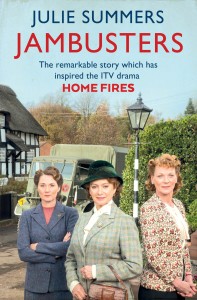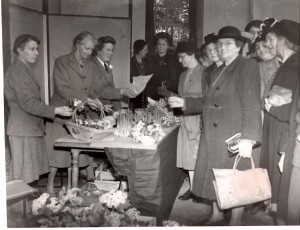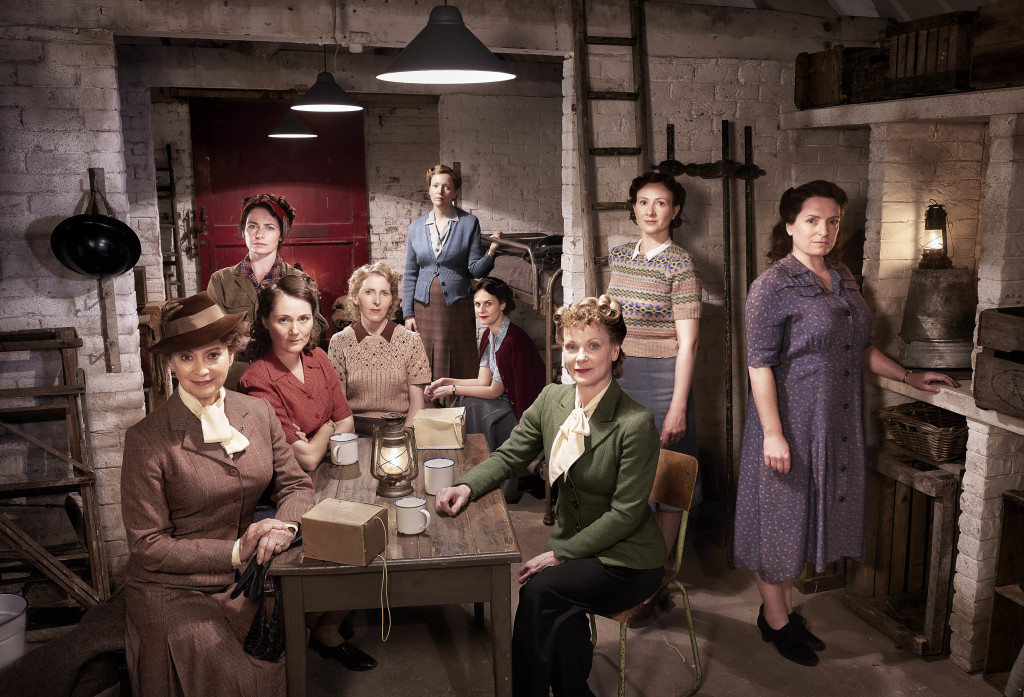
FRANCESCA ANNIS as Joyce, CLARE CALBRAITH as Steph,RUTH GEMMELL as Sarah,FENELLA WOOLGAR as Alison, CLAIRE PRICE as Miriam, LEANNE BEST as Teresa.SAMANTHA BOND as Frances,FRANCES GREY as Erica and CLAIRE RUSBROOK as Pat © ITV
When we left Great Paxford at the end of series 1 the villagers all stood on the street, spell-bound by the sight of hundreds of aircraft flying south. The Phoney War had come to an end and the real war was about to begin.
In fact, by the time those planes were flying south, Hitler’s troops had already invaded Denmark and Norway. The British Expeditionary Force had been guarding the Maginot Line for the last nine months but was woefully unprepared for what was to come. On 10th May 1940 two things happened that changed the course of the Second World War: Hitler launched the Blitzkrieg against France, Belgium and neutral Holland, and in Britain Winston Churchill became Prime Minister. For two weeks the BEF and its Allies fought to hold out against the German onslaught but towards the end of May it was obvious that they had suffered a humiliating defeat and Churchill ordered a retreat. The familiar story of Dunkirk now unfolded.
 Hundreds of boats, ships, barges and tugs were sent to the rescue and over 330,000 British and Allied soldiers were picked up from the beaches of Dunkirk over a period of several days. My grandfather was pulled out of the water by a Thames barge pilot on 2nd June and brought back to Southampton by ship. ‘The sailors who dried our clothes pinched all our buttons and insignia but we were so relieved to be safe we didn’t bother about it.’ The following night he was reunited with his wife, Alex: ‘It was one of the strangest contrasts of the war. One night I was standing up to my neck in water with very little chance of rescue and the next I was eating dinner with my wife in the Midland Hotel in Manchester.’
Hundreds of boats, ships, barges and tugs were sent to the rescue and over 330,000 British and Allied soldiers were picked up from the beaches of Dunkirk over a period of several days. My grandfather was pulled out of the water by a Thames barge pilot on 2nd June and brought back to Southampton by ship. ‘The sailors who dried our clothes pinched all our buttons and insignia but we were so relieved to be safe we didn’t bother about it.’ The following night he was reunited with his wife, Alex: ‘It was one of the strangest contrasts of the war. One night I was standing up to my neck in water with very little chance of rescue and the next I was eating dinner with my wife in the Midland Hotel in Manchester.’
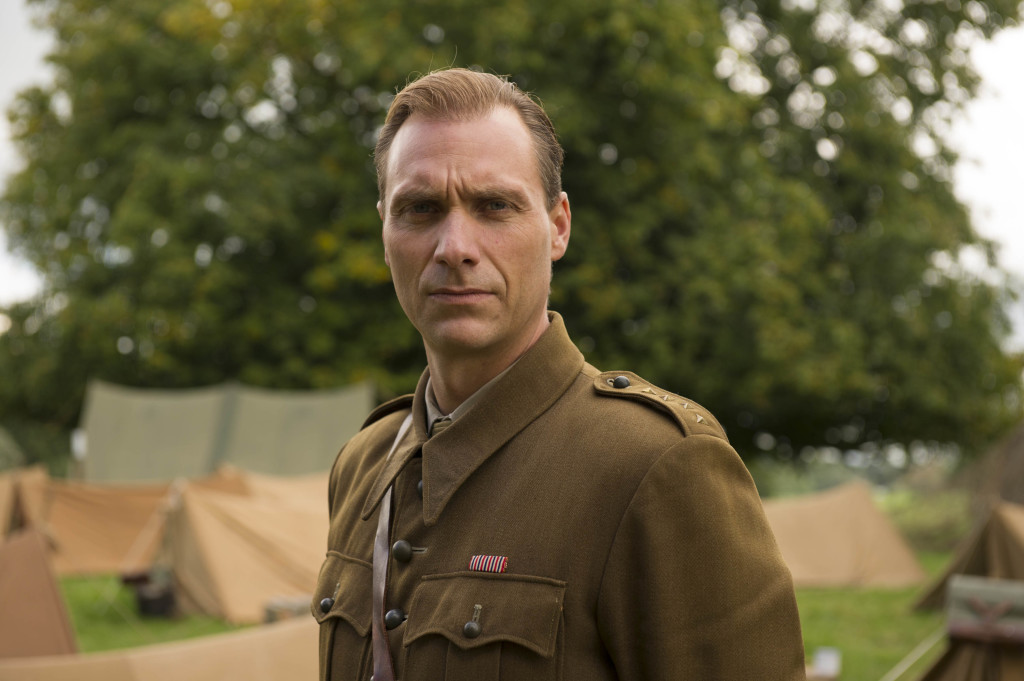
Three weeks after the evacuation at Dunkirk, France fell to the Germans. Amongst the Allies who had been fighting were Polish and Czechoslovak forces who were at risk of captured and put into German Prisoner of War camps. Churchill realised that if this could be avoided it would mean he would have experienced, battle-hardened troops in Britain. So he ordered them to be rescued from southern France. In the end some 20,000 Polish and nearly 5,000 Czech soldiers and airmen were brought to Britain and proved themselves more than worthy of the trust Churchill had placed in them. The Czechs sailed into Liverpool and were put on a train to Bunbury from where they marched 8 miles to Cholmondeley Castle. The villagers along the way cheered them and the soldiers immediately fell in love with the beautiful Cheshire countryside. They camped in the fields around the Castle, which had already been requisitioned for another military use, and they remained there throughout the glorious summer of 1940 until they moved on to Leamington Spa to a more permanent camp.
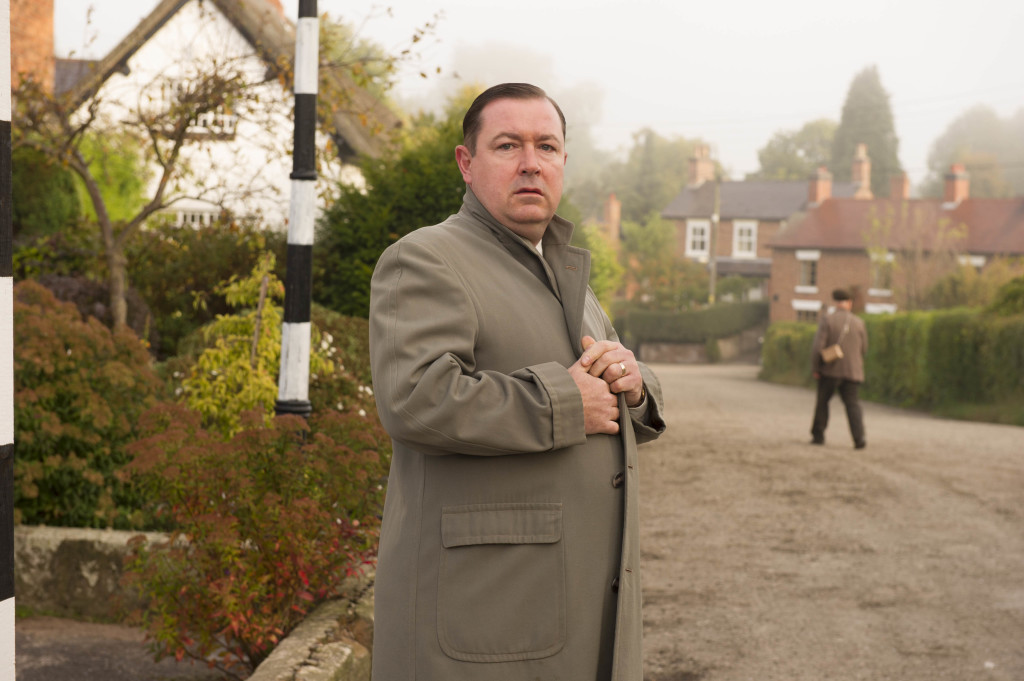
The mood in the early summer of 1940 was one of agitation, anxiety and apprehension, mixed with fear. People were told that careless talk would cost lives and that they should be on the lookout for spies. Signposts were taken down or blacked out, so that moving around in the dark became even more difficult. There was a genuine and powerful fear of invasion. Even Churchill thought it unlikely that Britain could withstand a full-blown attack by the Luftwaffe and seaborne troops. The Battle for the Atlantic, which is the off-screen backdrop to our series, was about to enter troubled times. The German U-Boats had become ever more effective at targeting convoys and fears grew for the protection of passengers, especially evacuee children, who were setting out west for the safety of Canada or America. Yet once France had fallen there was a sense in Britain that, as the last man standing, on the edge of Europe, we would somehow defy the odds and emerge victorious. This mood is well-documented in diaries, letters and newspapers from the era.

So, for our village of Great Paxford, the sense of anxiety about the future is very much there. The incoming Czechoslovakian soldiers add a fresh element to the drama, as does the permeating anxiety about foreigners, spies and Nazi sympathisers. However, life did go on during the war and it will go on in Great Paxford. The everyday lives of the characters are of course affected by the external influences but themes of love, loss, suspicion and excitement are constants. We pick up where we left off with Laura Campbell named in the divorce of her lover, Richard Bowers; Alison Scotlock is still in trouble with the police over accounting and Claire Hillman is as in love with Spencer as she was at the end of the last series. Bryn the butcher is typical of the kind of man who is determined not to be cowed by the threat of invasion. He has a business to run, a pregnant wife to protect and a missing son to worry about. Pat, on the other hand, is once again knocked down: not by husband Bob, this time, but by a brawl outside a pub. For her the war is about to change her life but in a wholly unexpected way. Meanwhile Jenny is busy in the telephone exchange taking the government’s message to ‘trust no-one’ very much to heart.This episode opens with the farmer going about her business and the army going about theirs. After all, this is wartime…
Home Fires airs on Sunday 3rd April at 9pm on ITV. It is created and written by Simon Block and inspired by my book Jambusters which tells the true story of the WI on the home front from 1939-1945.
